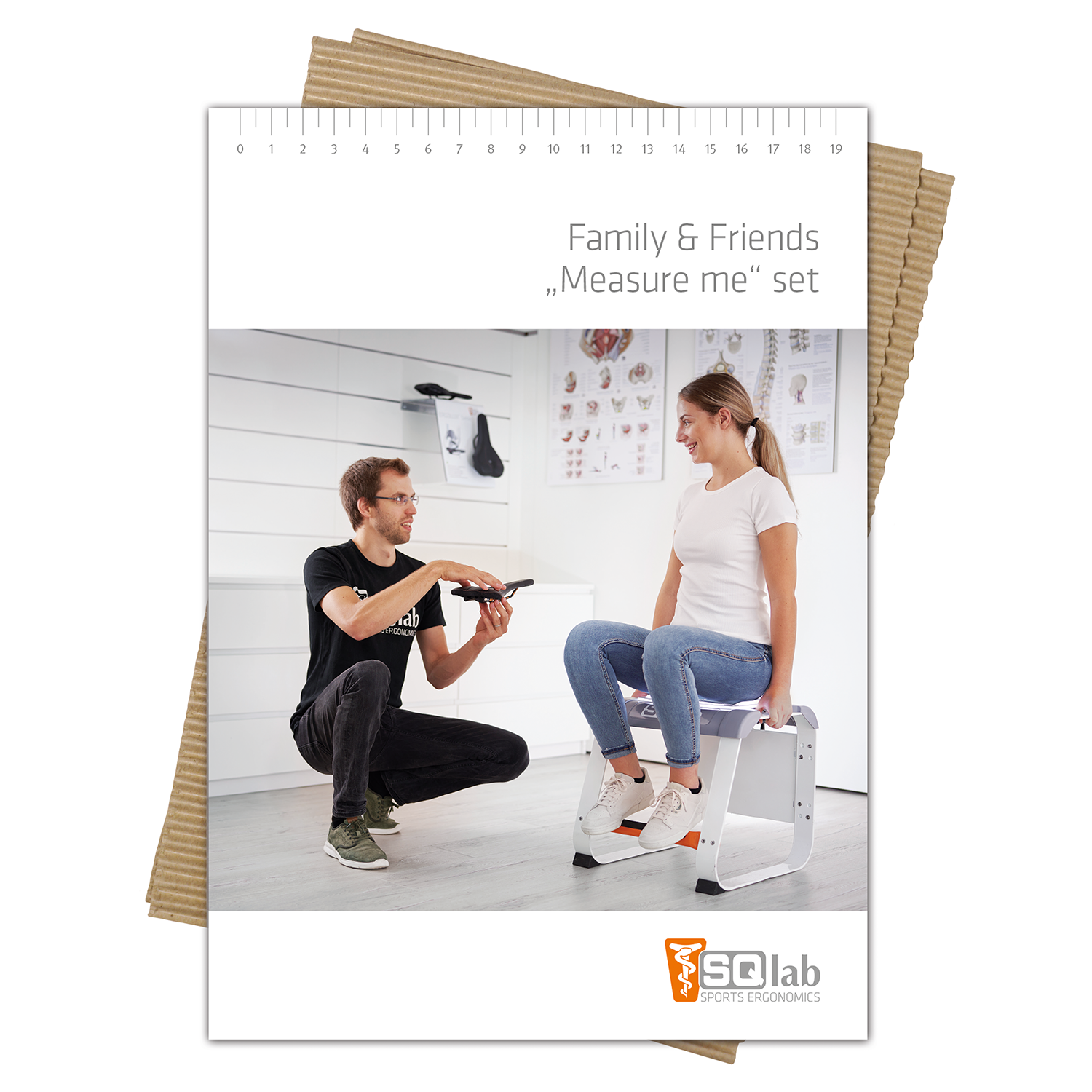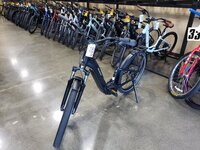The type of saddle you purchase can depend greatly on what type of bike you ride.
Example: I have a "skinny" Fabric (name of company) saddle on my light drop-bar road bike, which I find very comfortable, even on 70+ km rides.
Since I like the saddle so much I decided one day to install it on my more upright commuter bike. I did a 30km ride and couldn't wait to get off the bike.
What worked wonderfully on my road bike was a painful disaster on my commuter bike.
Also, there can be a number of reasons why you're experiencing numbness while riding, including wrong frame size, wrong saddle height, incorrect saddle tilt, etc, etc.
If possible a visit to a qualified bike fitter would be something to consider.

sqlab-usa.com



